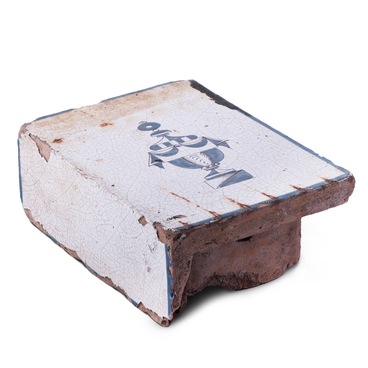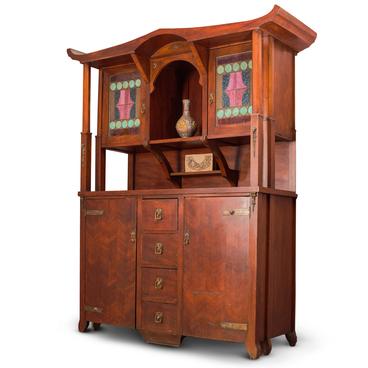In the 1930s, some of the new items in the households of Taganrog residents symbolized and reflected the active development of Soviet society. One of the most prominent examples was propaganda porcelain and faience. These items included a variety of products, from decorative ceramic objects to tableware. Products with propaganda meaning were supposed to end up in every Soviet apartment.
Porcelain and faience plates, bowls, and sugar basins were typically decorated with colorful printed images, depicting state symbols, revolutionary slogans, scenes of industrialization, collectivization, and the formation of the Soviet military and navy, as well as images of pioneers.
The propaganda plate “Pioneers of the East” was created during that period. It is distinguished by an oval, elongated shape, a raised edge, and a flat base. On three sides, there are symmetrical compositions depicting pioneer attributes — the bugle, the flag, and the drum. On the fourth side, there is an image of two pioneers.
The plate was produced at the Budy Faience Factory, located in the village of Budy, Kharkov Oblast. The factory manufactured faience household items and decorative ceramic products. The products were known for their high quality and craftsmanship.
Before the Revolution of 1917, the factory was part of the industrial empire of Matvey Sidorovich Kuznetsov. He was the one to combine stamped images with hand painting for the first time in the history of Russian porcelain. In 1917, the factory was nationalized. In 1922, it joined the All-Ukrainian Trust “Ukrainian Porcelain, Faience, and Glass.” The new technique continued to be actively used in production, including in the manufacture of propaganda faience.

